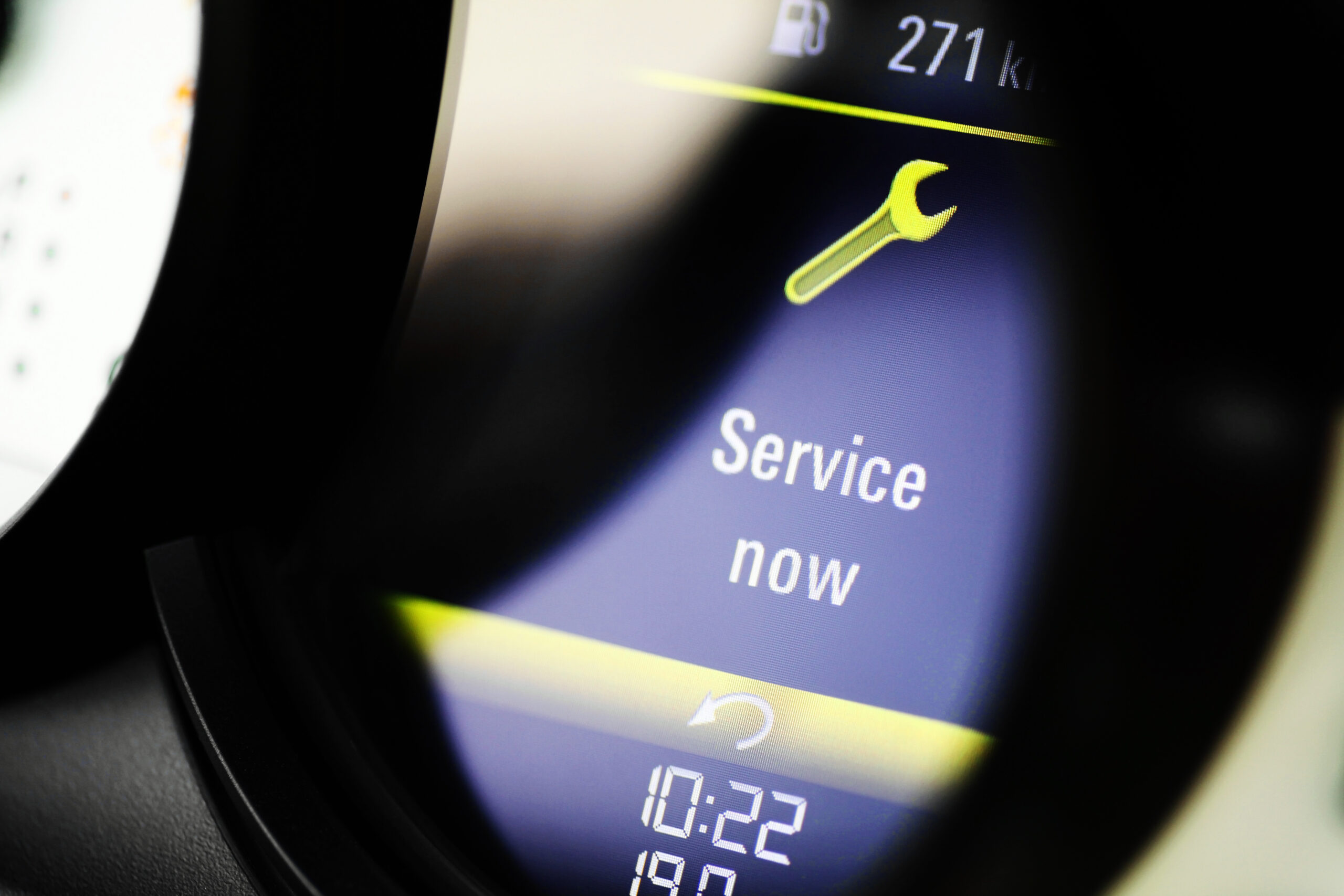
Understanding Lease Term Length
The lease term length refers to the duration of time you agree to lease a vehicle, typically measured in months. Common lease term lengths range from 24 to 48 months, although shorter or longer terms may be available depending on the leasing company and the vehicle in question. Each term length comes with its own set of advantages and considerations, making it essential to understand what works best for your specific situation.
Choosing the best lease term length is a critical decision in the car leasing process, as it directly impacts your monthly payments, overall cost, and the flexibility of your lease agreement. The duration of your lease can significantly affect your experience, whether you’re looking for a short-term solution or a longer commitment. In this article, we’ll explore the factors you should consider when selecting the optimal lease term length for your needs, helping you make an informed decision that aligns with your lifestyle and financial goals.
Factors to Consider When Choosing a Lease Term Length
- Monthly Payments and Budget
One of the most significant factors influencing the choice of lease term length is your budget and the impact on monthly payments. Generally, the longer the lease term, the lower the monthly payments will be. This is because the vehicle’s depreciation is spread out over a longer period.
– Shorter Lease Term (24-36 months): Shorter lease terms often come with higher monthly payments, as the depreciation is concentrated into a shorter time frame. However, they offer the advantage of allowing you to drive a new vehicle more frequently.
– Longer Lease Term (36-48 months or more): Longer lease terms tend to have lower monthly payments, making them appealing if you’re looking to minimize your monthly expenses. However, the vehicle may be subject to more wear and tear, and you’ll be driving an older model towards the end of the lease.
- Vehicle Depreciation and Residual Value
The residual value of a vehicle, or its estimated value at the end of the lease, plays a crucial role in determining the optimal lease term length. Vehicles with higher residual values tend to be better suited for longer lease terms, as their slower depreciation results in lower monthly payments over time.
– High Residual Value: If the vehicle you’re interested in has a high residual value, a longer lease term might be more cost-effective, as the depreciation per month will be lower.
– Low Residual Value: For vehicles with lower residual values, a shorter lease term might be more appropriate, as the higher rate of depreciation can lead to more significant losses in value over a longer period.
- Mileage Considerations
Lease agreements typically come with mileage limits, which are predetermined and can affect the lease term length. Exceeding these limits can result in substantial penalties, so it’s important to consider your driving habits when choosing a lease term.
– Low Annual Mileage: If you drive fewer miles annually, a longer lease term may work well, as you’re less likely to exceed the mileage limits.
– High Annual Mileage: If you anticipate driving more than the typical mileage allowance, a shorter lease term might be better, or you might want to negotiate higher mileage limits from the outset. Be aware that higher mileage leases usually come with increased monthly payments.
- Technology and Model Updates
The automotive industry is rapidly evolving, with frequent technological advancements and new model releases. If staying up-to-date with the latest features and models is important to you, a shorter lease term may be more advantageous.
– Technology Enthusiasts: For those who want the latest in automotive technology, a lease term of 24 to 36 months allows for more frequent upgrades to newer models.
– Long-Term Users: If you’re less concerned with the latest features and more focused on the utility and reliability of your vehicle, a longer lease term may be more suitable, providing stability without the need for frequent vehicle changes.
- Maintenance and Wear and Tear
As a vehicle ages, maintenance costs and the likelihood of wear and tear issues increase. These factors should be considered when selecting your lease term length, as they can affect the overall cost of leasing.
– Shorter Lease Term: A shorter lease term may minimize your exposure to maintenance issues, as the vehicle will likely remain under warranty for the duration of the lease.
– Longer Lease Term: While longer lease terms may reduce monthly payments, they may also expose you to higher maintenance costs and potential wear and tear charges, especially if the vehicle’s warranty expires during the lease.
- Flexibility and Future Plans
Your personal or business circumstances may change over time, affecting your ability or desire to stick with a particular vehicle for an extended period. Flexibility is key when choosing a lease term length.
– Shorter Lease Term: Offers greater flexibility if you anticipate changes in your lifestyle, job, or financial situation. It allows you to reassess your vehicle needs more frequently.
– Longer Lease Term: Provides stability and predictability if you’re confident that your circumstances will remain consistent over the lease period.
Tips for Choosing the Optimal Lease Term Length
- Evaluate Your Driving Habits: Consider how many miles you drive annually and whether you can stay within the mileage limits of the lease. This will help you avoid penalties and choose a term that suits your lifestyle.
- Consider Future Technology Needs: If having the latest technology and features is important, opt for a shorter lease term to allow for more frequent upgrades.
- Assess Your Financial Situation: Balance the desire for lower monthly payments with the total cost of the lease. A longer term might save you money each month, but it could end up costing more overall due to increased maintenance and potential wear and tear.
- Plan for Flexibility: Think about your long-term plans and whether your current vehicle needs might change. If there’s uncertainty, a shorter lease term offers more flexibility.
- Review Residual Values: Research the residual value of the vehicle you’re interested in. High residual values generally favour longer leases, while lower residual values might make shorter terms more cost-effective.
- Consult with Leasing Experts: If you’re unsure, consult with a leasing expert or use online tools to compare different lease term lengths and their financial implications.
Conclusion
Choosing the best lease term length involves careful consideration of your driving habits, financial situation, and future plans. By understanding the factors that influence lease terms, such as residual value, mileage limits, and maintenance considerations, you can select a lease duration that aligns with your needs and budget.
Whether you prefer the flexibility of a shorter lease or the cost benefits of a longer term, it’s essential to weigh the pros and cons before making a decision. For those looking to explore flexible lease term options and find the best deals tailored to their preferences, visit our site. We offer a range of leasing solutions that cater to different needs, ensuring you find the perfect match for your next vehicle.








